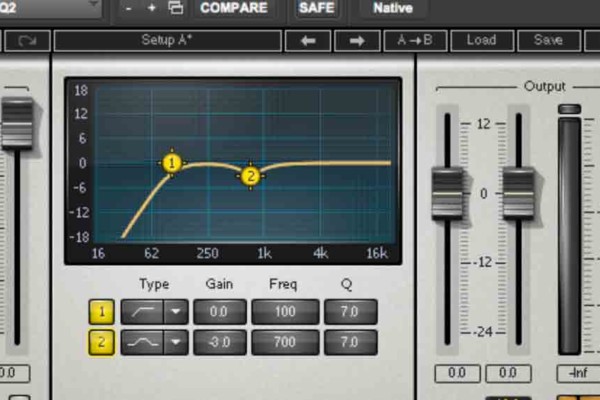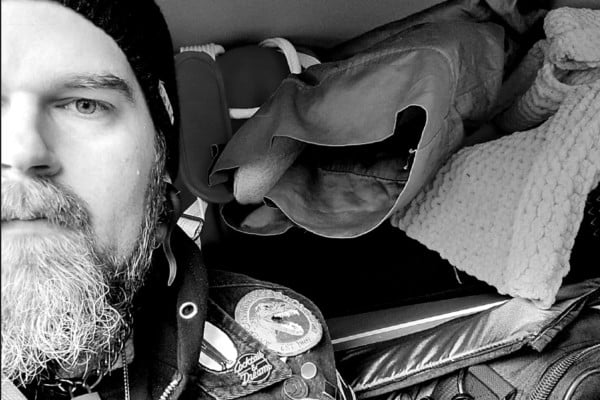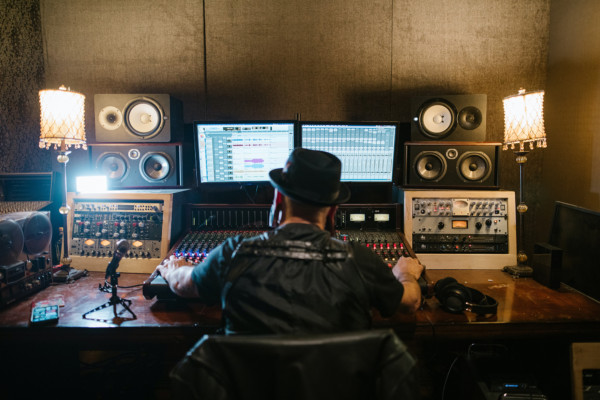How Do I Become a Good Session Musician?

Q: Do You have any advice for those bassists aspiring to become session musicians? Not so much how to get exposure but how to handle yourself, gear, getting lines on the first take, being solid, etc…
A: I’ve always found the studio to be very satisfying. I’m one of those players who wouldn’t mind being solely a session bassist. Invisible to the world but making fantastic music (hopefully) that will be around for years to come.
Operating in the studio is a completely different world than playing on the stage, although of course, there are a lot of things that carry over from one to the other.
Some obvious points to make note of are:
- If you receive the music ahead of time, be as prepared as possible. Try and show up to the session feeling like you really know the stuff. Studio time is expensive and if you want to be a regular call, don’t be the one to waste anybody’s time.
- Be familiar with the vocabulary required for the session. Being stylistically diverse is a must for any session bassist. Doing a country session? Listen to some classic recordings. Learn a few tunes so you get an idea of how different bassists have handles different types of tunes. Same goes for any genre. If you get called for a session and aren’t really familiar with the style, take the time to become familiar. It’s homework that can only serve to make you a better over-all musician anyway. It’s a great chance to learn more about your craft!
- Know your gear, show up early, set up efficiently and enjoy the hang but also be ready to get to work when it’s time. Remain on task and focus on what you’re doing
Those are all things that translate to the stage as well. Here are a few things that come to mind that may be more studio specific:
- Start simply. Studio musicians are masters of the “art of reduction,” as I call it. Make an attempt to trim the fat and get rid of extraneous rhythms in the plucking hand, squash the urge to play a fill every 4 bars, etc… really try and get inside the song. I like to listen (as I play) and imagine that I’m simply listening to a finished recording and then simply try and play what I hear. Sometimes it can help to imagine a certain bassist (ie: what would Anthony Jackson do?).
- Often, after the first take, many artists like to listen back to hear objectively how everything and everyones approaches are meshing. This is a great opportunity to ask the bandleader and/or producer if they hear anything different than how you are approaching the music. A great session musician is able to set their ego aside and provide what the artist/producer wants and disregard (if necessary) what you would do if it were your record.
- Try and hear the full band as one sound. Don’t obsess over your bass part (at least, not until you’ve sussed out what and how you are going to play). Make sure that everybody is in sync and that everybody is conveying the same emotion/energy/intent/arc in the song. Pay attention to your time-feel and beat placement as it relates to everybody else.
- Do some research and get a quality DI. Of course, every studio will have one, but it’s nice to have a little control over what your bass sounds like. Personally, I’m a huge fan of the A-Audio RedDI. Very transparent but warmer than a lot of DI’s I’ve tried. It just sounds good.
- I suggest getting your own headphones or in-ears for the studio as well. Most bassists prefer something with a little bit of extra beef in the low end. I think that’s why you see a lot of rhythm section folks using “Beats.” They are horrible at representing accurate sound but they have a done of bass. Personally, I like closed back headphones (you can always crack an ear to the side if you want a little room sound). I’m a fan of the Shure SRH4-40 or 880 closed back headphones. I also have a pair of 64 ears in-ear monitors for complete isolation, although I typically use these one live shows that require in-ears. Additionally, I have a pair of Westone universal fit in-ears as a backup.
- Think about where you might set up in the studio (and maintain a line of sight!). I actually prefer to be in the room with the drummer, if the space permits, as it helps me to really feel the drums without having to crank them in my headphones.
- Have an idea of the sound you want as it relates to the style. It’s always a good idea to bring a few different voices to the session (ie: a variety of basses that sound different). It’s also a good idea to try and slowly amass a collection of classic-sounding basses (and a good excuse!). Aside from all of the modern hand built instruments that many of us know and love, get to know the classics and, if you’re doing a LOT of sessions, you might as well acquire certain basses when given the chance. P-bass, Jazz bass, Mustang, Hoffner, Rickenbacker, Music Man, etc… they all have a sound and vibe. Many of them may only really do one or two things but they do it better than anybody else and if a producer wants a certain sound, it behooves you to be able to cop it.
- Every link in your chain affects your tone. Use good cables (and, when you go shopping for good cables, A/B them with other cables. You’d be amazed at how different one patch cable can sound from another.
- Get a quality tuner for your studio rig. I prefer strobe tuners for the studio. Tune after every take or, at a minimum, every 2 or 3 takes.
- Be cool. Be a good hang. but, remember that you are on someone else’s dime. Don’t fall into the “it’s a hang/party” trap. I’ve seen a lot of A-list quality players give a solid B or C game because they started smoking and drinking in between takes. Keep your head on task and save the party for after. Of course, some bands like to optimize that vibe and aren’t sweating the hourly rate. Don’t be a buzzkill but be aware of yourself and strive to develop a reputation of being both easy to work with but also hyper-efficient and a professional.
- Most importantly….Don’t let yourself stress out about getting everything perfect the first time. Yes, you want to try to get things on as early a take as possible but one of the beautiful things about recording direct in the studio is that you can go back and fix little things or even take the whole song again while everybody else is taking a break (playing against what’s recorded, if it was a “keeper” for everybody else but you aren’t happy with it). I like to save fixes until after everybody is happy and then I can tweak things that need tweaking while everybody takes 5, if necessary. I find that there’s a freedom in knowing that, which actually serves to put me in a headspace where I tend to play better and cleaner because I’m no longer worried. I can just listen, play and have fun.
On second thought, maybe that should all apply to live playing, too!
Please let me know in the comments if I forgot to mention any aspect of working in the studio that you’d like me to comment on. Also, give us some of your experiences in the studio. Let’s crowdsource some good studio stories here.
Have a question for Damian Erskine? Send it to [email protected]. Check out Damian’s instructional books, Right Hand Drive and The Improviser’s Path.



